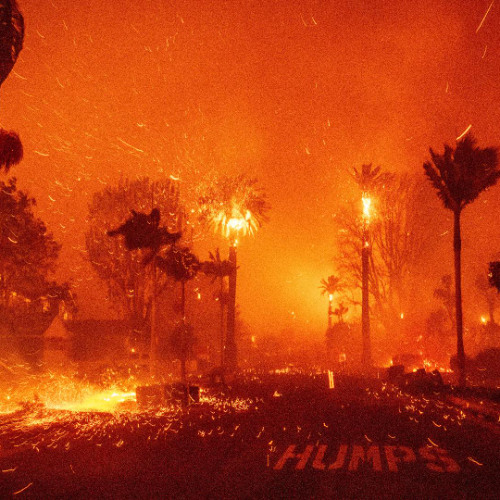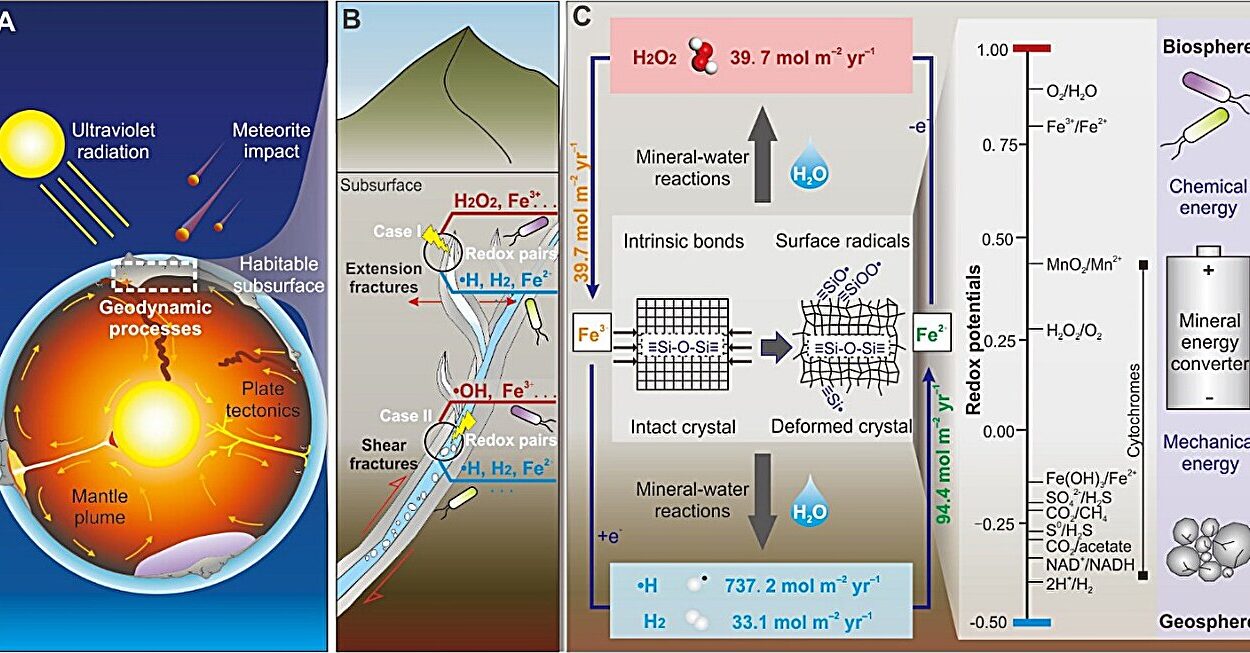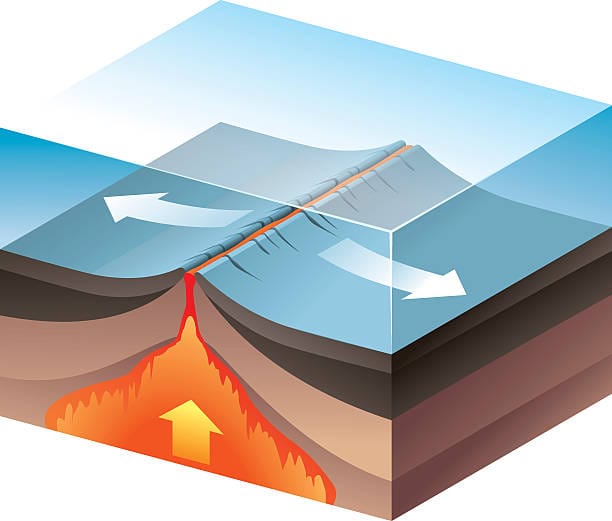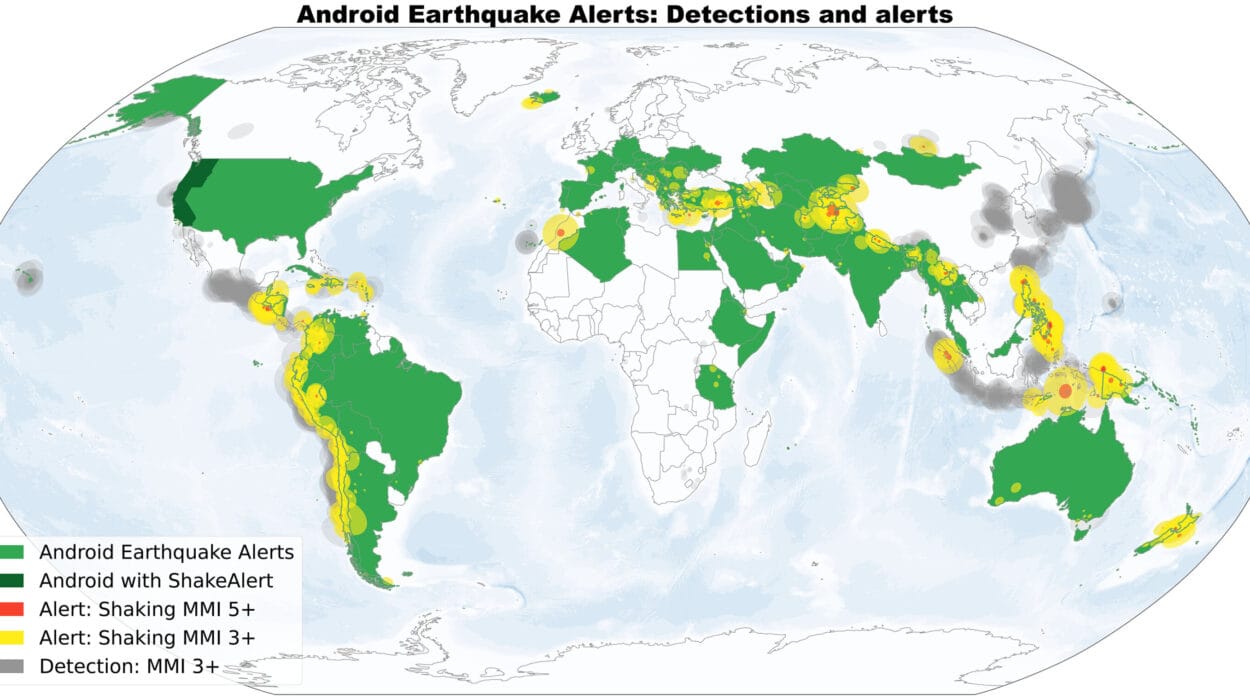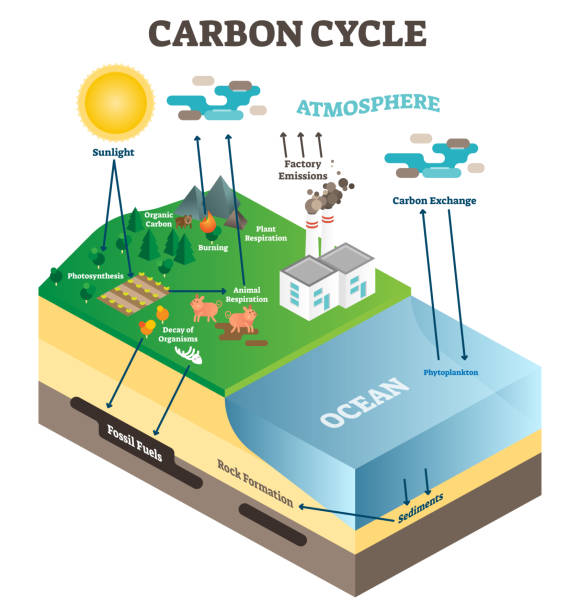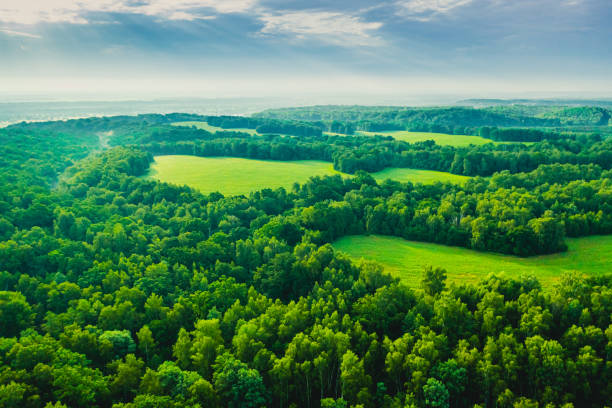Los Angeles is ablaze. A relentless phenomenon known as hydroclimate whiplash is emerging as the key factor connecting this destructive reality to climate change. Over the past few years, California has faced dramatic swings between extreme drought and record-breaking rainfall. The winter of 2022–23 stands as a striking example: dozens of atmospheric rivers brought torrential rains and unprecedented snowfall, burying mountain towns and triggering widespread flooding and landslides. Just a year later, an unusually dry 2025 rainy season and a sweltering record-hot summer have set the stage for a series of devastating wildfires fueled by tinder-dry vegetation.
Hydroclimate whiplash—rapid transitions between drastically different weather patterns—is not limited to California; it is intensifying worldwide. According to a paper published in Nature Reviews Earth & Environment, these weather swings have become more frequent and severe due to global warming, with further acceleration predicted. Daniel Swain, the lead author and a climate scientist affiliated with UCLA and UC Agriculture and Natural Resources, explains how this phenomenon has made fire risk particularly acute in California. First, excess precipitation encourages the growth of grasses and shrubs, creating an abundant supply of flammable material. Then, extreme dryness and heat amplify their combustibility.
Research conducted by an international team of climate scientists reveals that hydroclimate whiplash has increased globally by as much as 66% since the mid-20th century—outpacing even the predictions made by climate models. Moreover, the rate of increase is accelerating. Current projections indicate that if global temperatures rise by 3°C above pre-industrial levels, whiplash effects will more than double. Given that the world is on track to exceed the 1.5°C limit set by the Paris Agreement, these findings underscore an urgent need for action.
Central to the intensification of hydroclimate whiplash is what researchers call the “expanding atmospheric sponge.” As global temperatures climb, the atmosphere can absorb and hold approximately 7% more water vapor for every degree Celsius of warming. Swain likens this process to compound interest: the rate of increase grows exponentially with each fraction of a degree of warming. This amplified capacity to absorb, transport, and release water drives the escalating extremes of floods and droughts, perpetuating cycles of destruction. For example, overly saturated soils stripped of vegetation from fires are more vulnerable to landslides, while parched vegetation left behind during dry spells ignites easily during fire season.
Traditional analyses of climate impacts often emphasize either floods or droughts in isolation, but hydroclimate whiplash shows how interconnected and mutually reinforcing these events are. The increasingly “thirsty” atmosphere not only exacerbates drought conditions by pulling more moisture out of plants and soil but also enhances the capacity for intense downpours, stretching water management systems to their limits.
Swain and his co-authors emphasize the importance of rethinking how water resources are managed in this era of climate instability. It is no longer sufficient to tackle rainfall extremes or drought conditions individually. Instead, an integrated approach—termed “co-management”—is crucial. Floodwater systems, for example, typically focus on rapid drainage to prevent urban flooding. However, in doing so, they may squander opportunities to capture and store water, leaving communities more vulnerable to drought during dry periods. Conversely, methods that prioritize groundwater recharge without adequate attention to flood risks may prove insufficient as precipitation extremes worsen.
California serves as a prime illustration of the challenges posed by hydroclimate whiplash. Recent extremes tested the resilience of its water infrastructure, with conversations now intensifying around better ways to handle excess floodwater while safeguarding future water supplies. Swain’s co-author, John Abatzoglou of UC Merced, notes that the state has long experienced variable hydroclimate patterns. However, the pendulum-like shifts from one of the driest three-year periods in recent memory to the record-setting snowpack of spring 2023 underscore a rising urgency for adaptive solutions. These swings strain not just water infrastructure but also the state’s ability to prepare for disasters like landslides and wildfires, highlighting the interplay of multiple climate-driven risks.
Globally, hydroclimate whiplash is expected to worsen most significantly in northern Africa, the Middle East, South Asia, northern Eurasia, the tropical Pacific, and the tropical Atlantic. Yet nearly every region on Earth will experience more erratic weather patterns in some form. The common thread is the exponential expansion of the atmospheric sponge, intensifying the magnitude and frequency of weather extremes. While global warming has progressed relatively steadily, Swain points out that the perceived acceleration of climate impacts in recent years may be linked to this phenomenon.
Southern California, currently reeling from wildfire outbreaks exacerbated by hydroclimate whiplash, offers a stark example of these dynamics. Although winds play a pivotal role in spreading fires, the unusually dry conditions persisting into late fire seasons—a consequence of reduced rainfall—are fueling their intensity. Swain clarifies that there is limited evidence linking climate change directly to the strength or frequency of these wind events. However, the connection lies in how climate change prolongs the overlap between periods of dry vegetation and seasonal winds, amplifying fire risks.
Future projections paint a sobering picture: under high-emission scenarios, California will experience an increase in both its wettest and driest years and seasons, heightening the risks of floods, wildfires, and water shortages. While mitigating climate change remains critical, even moderate reductions in warming could significantly slow the rise in hydroclimate whiplash. Adaptation measures are equally essential. Risk assessments must account for these increasingly unpredictable patterns, prioritizing resilient infrastructure, sustainable water management, and proactive fire prevention strategies.
Ultimately, hydroclimate whiplash reflects the increasingly precarious balance of Earth’s climate systems under the strain of global warming. As Swain concludes, “The less warming there is, the less of an increase in hydroclimate whiplash we’re going to see.” This serves as both a stark warning and a call to action. Limiting warming, while grappling with its inevitable consequences, may be our best hope for navigating an era defined by climate extremes.
Reference: Swain, D.L., Prein, A.F., Abatzoglou, J.T. et al. Hydroclimate volatility on a warming Earth. Nat Rev Earth Environ 6, 35–50 (2025). doi.org/10.1038/s43017-024-00624-z , www.nature.com/articles/s43017-024-00624-z
